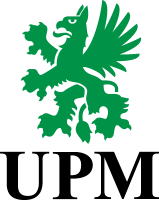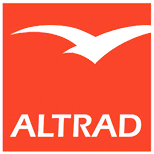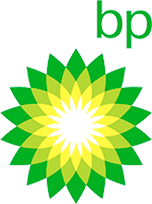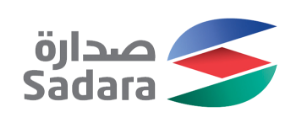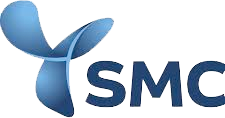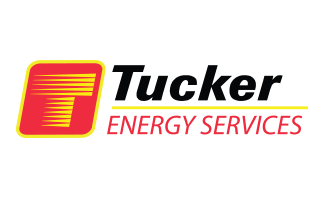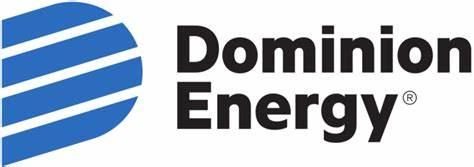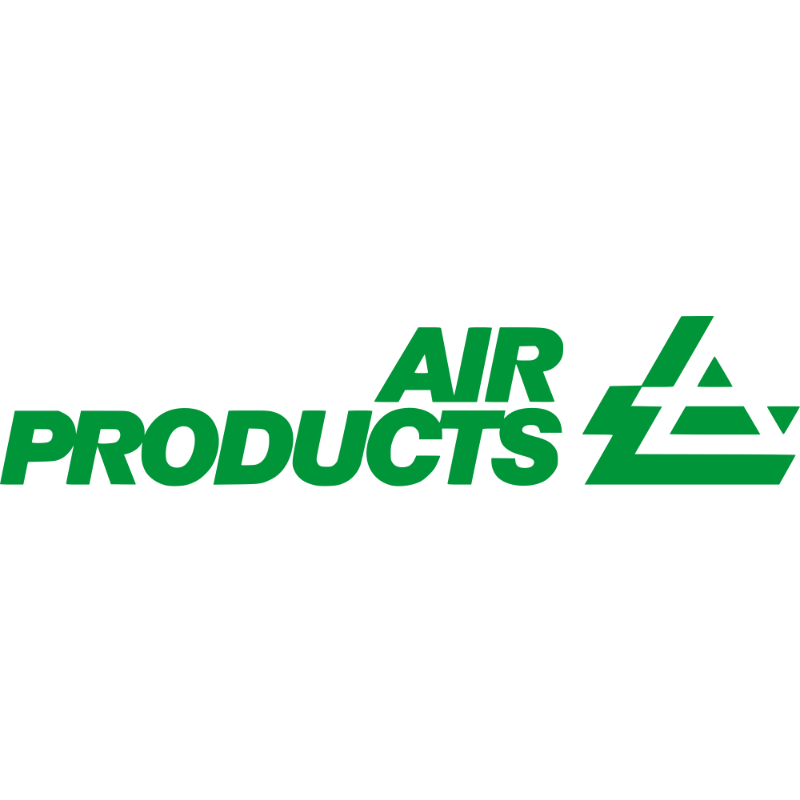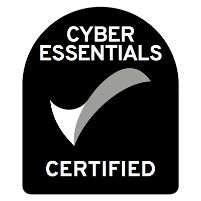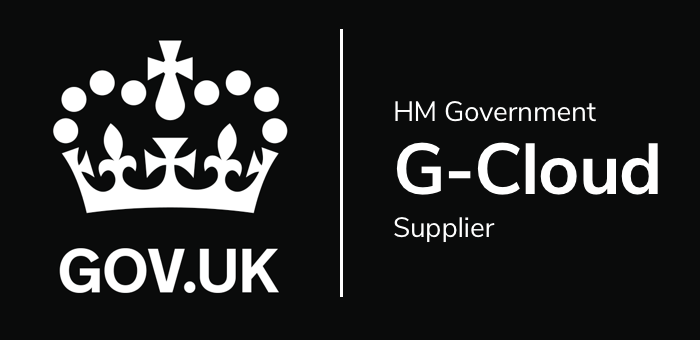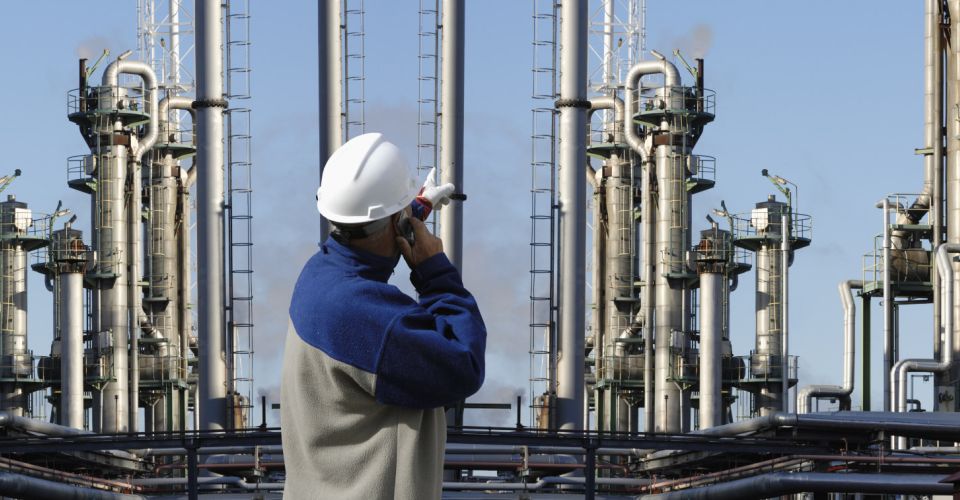
Risk assessments are widely used and known, and businesses that have over five people employed are obligated to have one and complete the associated health and safety documentation as part of their workplace health and safety policies. A lesser-known safe system of work is Risk Assessment Method Statements (RAMS)...but what exactly are they, how are they different, and when should you use them?
Risk Assessments And Method Statements: The Key Differences
Risk assessments make you identify and reduce the risk of hazards in your workplace and work activities. Once risks are established, you analyse the hazards and consider how they can impact health and safety. This allows you to put control measures in place to determine if they present a risk that could harm someone. This leads ever so smoothly into the use of RAMS...
Key difference...Risk Assessment Method Statements (RAMS) are more detailed. Organisations create documents after they conduct risk assessments and these contain details of the hazard as well as a step-by-step safe system of work/guide that all staff and contractors should follow.
RAMS can be referred to as safe system of work documents or method safety statements. Unlike risk assessments, they are not as commonly known, as there is no legal requirement to do them.
So why use them you may ask?
The key reason is that RAMS dramatically reduce the risk during work activities and improve the health and safety aspects of your operations, especially if working in high hazard industries such as oil, gas, chemical and construction. They protect staff and contractors by making your workplace safer, improve efficiency by laying out clear guidelines for everyone to follow, and safeguard your business from the pitfalls of bad risk management.
So, to recap the differences between a risk assessment and RAMS:
- Risk assessments identify risks, quantify them, and make suggestions on how to control them and add control measures
- Method Statements (RAMS) give a detailed step-by-step approach on how to carry out the task and mitigate the associated risks identified in the risk assessment
Are RAMS just more paperwork we don't need?
The short answer is no!
In high hazard industries, RAMS are essential if you wish to ensure that employee and contractor alike can carry out jobs without risk of injury. In fact, it is your obligation as a company to do so. In the construction industry and oil and gas, RAMS are common as they are often included as a requirement in tender processes.
RAMS are a key component of most e-permits and ensure that the correct people, with matching skills, work to the right method statement, at the right time, and in the right location. In this way you can ensure that incidents that could be avoided, are avoided, and your staff and contractors return home safely.
RAMS bring many more benefits including:
- Making you more efficient and safe by having processes broken down into easy to follow steps
- Avoiding miscommunication, confusion or mistakes to optimise your operations
- Making more informed decisions with the additional information not found in the risk assessment
- Increasing worker productivity by reducing absences and sickness
- Decreasing the risk of penalties and fines through enhanced compliance
- Protecting your business reputation and winning more work by showing good management and systems
RAMS need not create additional admin work if you have already digitised your permit to work system. With robust RAMS documents to back up your operations, you will effectively mitigate risks across your supply chain, and the benefits of using them will be very evident.
How to use RAMS
Wherever there is a task that has a risk you cannot completely eliminate by other actions or measures, you should use a RAMS document. Here are some step-by-step instructions concerning RAMS:
- Include the risk assessment as part of the document
- Include supervisor details, equipment involved, and anything else relevant to the task
- Include details of first aid provision person/s with contact details and procedures
- Make sure you prepare a detailed guide on how to perform the task safely, covering every step in the process
- Ensure all people involved in the task have access to the RAMS document
Summary
Safety is one of the primary roles of Risk Assessment Method Statements. They make your workplace safer, improve your business operations and protect your business from the consequences of poor risk management.
Preparing a RAMS document should not be a box-ticking exercise. Everyone should be aware of it and follow the procedures outlined in it.
Here is one final tip: you should digitise your systems so procedures are in place to ensure the regular review of RAMS documents.
If you don't do this, they can end up being forgotten in a filing cabinet in the corner of the office. They are far too important to end up there.
A digital permit system allows you to store RAMS documents and risk assessments in the cloud making sure they are not lost and can be accessed by staff and contractors with ease.
See how IAMPermit helped Thermo Fisher Scientific to electronically manage all work control permits from one central location.



